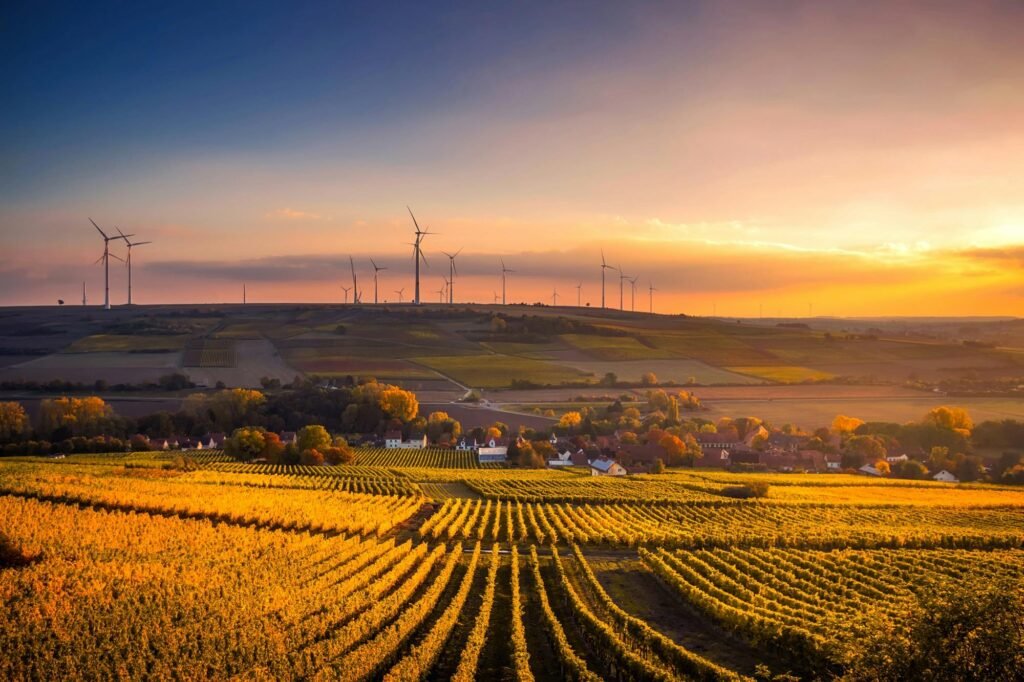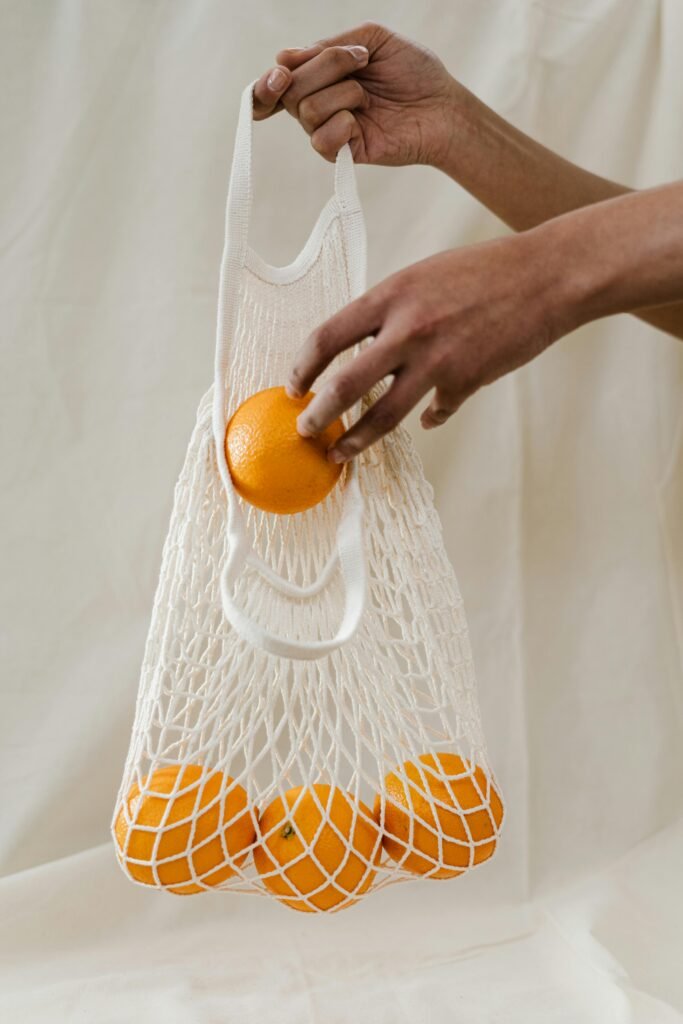Imagine being able to reduce your plastic waste significantly by simply changing the way you store your food. In this article, we will explore the impact of using durable food storage options on the environment and our efforts to combat plastic waste. By making a small shift in our habits, we have the power to make a big difference in our planet’s health. Join us as we uncover the benefits and importance of using durable food storage solutions.

This image is property of images.pexels.com.
Benefits of Durable Food Storage
Preservation of Food
When it comes to food storage, one of the most important factors to consider is preservation. Durable food storage options, such as glass containers, stainless steel containers, and silicone bags, offer excellent preservation capabilities. These storage solutions are airtight and keep food fresh for longer periods, preventing spoilage and waste. By extending the shelf life of your food, you can reduce the frequency of grocery shopping and minimize food waste.
Longevity of Storage Containers
Investing in durable food storage containers is a wise choice as they are built to last. Unlike their disposable counterparts, which often break or wear out quickly, durable containers are designed for longevity. Made from high-quality materials like glass and stainless steel, these containers can withstand regular use and are resistant to damage. By choosing durable storage options, you won’t need to constantly replace your containers, thereby saving you money in the long run.
Reduced Need for Single-use Plastic
One of the obvious benefits of using durable food storage is the reduced need for single-use plastic. Single-use plastic is a significant contributor to plastic waste and poses a grave threat to our environment. By choosing alternatives like glass containers, stainless steel containers, and silicone bags, you can significantly reduce your consumption of single-use plastic. This contributes to the overall reduction of plastic waste and helps protect our planet for future generations.
Types of Durable Food Storage
Glass Containers
Glass containers are a popular choice for durable food storage due to their many advantages. Firstly, glass is non-porous and does not absorb food odors or stains, ensuring the taste and quality of your food are not compromised. Additionally, glass containers are microwave-safe, allowing for convenient reheating without the need for transferring food to another dish. Lastly, glass is a sustainable material that is easy to recycle, making it an environmentally friendly option.
Stainless Steel Containers
Stainless steel containers are another excellent choice for durable food storage. They are durable, resistant to rust and stains, and do not react with acidic or oily foods. Stainless steel containers are versatile and can be used for both storing and cooking food. Whether you want to keep leftovers fresh or pack a meal for on-the-go, stainless steel containers are a reliable option. They are also lightweight, making them convenient to carry around while being environmentally friendly.
Silicone Bags
Silicone bags are a relatively new innovation in durable food storage. These bags are made from food-grade silicone, a material that is non-toxic, freezer-safe, and microwave-safe. Silicone bags offer the convenience of being collapsible and space-saving, making them ideal for travel or picnics. They are easy to clean, dishwasher-safe, and can be reused countless times. Silicone bags are a great alternative to single-use plastic bags, as they significantly reduce plastic waste and provide an eco-friendly storage solution.

This image is property of images.pexels.com.
Impact on Plastic Waste Reduction
Reduction in Single-use Plastic Packaging
One of the most significant impacts of durable food storage is the reduction in single-use plastic packaging. Many groceries and food products are packaged in plastic containers and wraps that are meant to be used once and discarded. By opting for durable food storage solutions, you can eliminate the need for these single-use plastic packages. Not only does this reduce your environmental footprint, but it also sends a clear message to manufacturers about the consumer demand for sustainable alternatives.
Decreased Plastic Container Waste
In addition to reducing single-use plastic packaging, durable food storage also decreases plastic container waste. Traditional plastic food containers are often made with low-quality materials that deteriorate quickly and end up in landfills. By investing in durable containers, you can avoid this constant cycle of disposal and contribute to the reduction of plastic container waste. Durable containers made from materials like glass and stainless steel can be used for a lifetime, reducing the overall consumption of plastic.
Less Plastic in Landfills
Landfills and oceans are already overflowing with plastic waste, causing significant harm to our environment and wildlife. Durable food storage plays a vital role in reducing the amount of plastic that ends up in landfills. By embracing reusable alternatives, such as glass containers, stainless steel containers, and silicone bags, you can contribute to less plastic waste and a healthier planet. Every small change we make collectively adds up to a significant difference in the long run.
Savings on Cost and Resources
Economical and Cost-effective
While durable food storage options may require a slightly higher initial investment, they prove to be economical and cost-effective in the long term. Disposable storage products need to be constantly repurchased, resulting in recurring expenses. On the other hand, durable food storage solutions, like glass containers and stainless steel containers, are designed to withstand regular use and last for years. By investing in these options, you can save money over time by avoiding the need to replace your containers frequently.
Sustainable Use of Resources
Choosing durable food storage options also contributes to the sustainable use of resources. Disposable packaging products rely on the extraction of natural resources to be produced, contributing to deforestation, pollution, and depletion of our planet’s resources. By opting for durable alternatives, you are minimizing the demand for these resources and promoting a more sustainable way of living. Sustainable resource usage is crucial for the health of our planet and the preservation of its ecosystems.

This image is property of images.pexels.com.
Improved Food Safety
Non-toxic Materials
When it comes to storing food, safety is a top priority. Durable food storage options prioritize the use of non-toxic materials, keeping your food safe from harmful contaminants. Glass containers, stainless steel containers, and silicone bags are all made from food-grade materials that have been tested for safety. You can have peace of mind knowing that your food is stored in containers that do not leach harmful chemicals or toxins into your meals, ensuring the highest level of food safety for you and your family.
Prevention of Food Contamination
Durable food storage options also play a crucial role in preventing food contamination. Unlike disposable packaging that can easily get damaged or compromised, durable containers provide a secure and airtight seal, minimizing the risk of bacteria or other contaminants reaching your food. By storing your food in high-quality containers, you can protect it from spoilage and ensure its freshness for an extended period. This not only saves you money but also promotes good health and prevents unnecessary food waste.
Tips for Effective Usage
Proper Cleaning and Maintenance
To maximize the benefits and lifespan of your durable food storage containers, it is essential to practice proper cleaning and maintenance. Most durable containers are dishwasher-safe, making cleaning a breeze. However, it is recommended to follow the manufacturer’s instructions to ensure the longevity of the containers. Regularly inspecting and replacing worn-out seals or lids will help maintain the container’s airtight features. By taking care of your containers, you can continue to enjoy their benefits for years to come.
Organizing and Storing Food
Proper organization and storage of food in durable containers are key to making the most of their benefits. Take advantage of various container sizes to efficiently store different food items. Labeling containers with food names and dates can help you keep track of what you have and avoid waste. Additionally, consider using transparent containers or clear silicone bags to easily identify the contents without needing to open them. By practicing effective organization and storage techniques, you can streamline your food storage process and maximize the durability of your containers.
Challenges and Limitations
Initial Investment
While durable food storage options offer long-term benefits and cost savings, the initial investment can be higher compared to disposable alternatives. However, it is important to consider the overall value and longevity of durable containers. The upfront cost is offset by the prolonged use and reduced need for replacements. It is crucial to view the initial investment as a long-term commitment to sustainability and environmental responsibility.
Limited Availability of Durable Food Storage Options
Although durable food storage options are gaining popularity, their availability may still be limited in some areas. Depending on where you live, you might find it challenging to find a broad range of durable containers in local stores. However, with the rise of online shopping, it has become easier to access a wide variety of durable food storage options from different brands and retailers. Exploring online options can help you overcome this limitation and find the most suitable containers for your needs.
Promoting Adoption of Durable Food Storage
Awareness Campaigns
To encourage greater adoption of durable food storage, awareness campaigns play a vital role. Educational initiatives can help individuals understand the environmental impact of disposable packaging and the benefits of durable alternatives. Governments, organizations, and community groups can collaborate on campaigns that inform and empower individuals to make informed choices for sustainable living. By raising awareness about the benefits and availability of durable food storage, we can inspire more people to make the switch and reduce plastic waste.
Implementation of Incentives
Incentives can be a powerful tool in promoting the adoption of durable food storage. Governments and cities can introduce policies that provide incentives for individuals and businesses to choose sustainable alternatives. These incentives could include tax breaks, subsidies, or discounts for purchasing or using durable containers. By incentivizing the adoption of durable food storage, we can make sustainable choices more accessible and attractive to a wider audience, accelerating the shift towards a more eco-conscious society.
Conclusion
Durable food storage offers numerous benefits that go beyond just storing your meals. By prioritizing preservation, reducing plastic waste, saving costs and resources, ensuring food safety, and promoting effective usage, durable containers provide a sustainable and eco-friendly solution. While there may be challenges and limitations, concerted efforts through awareness campaigns and the implementation of incentives can drive the wider adoption of durable food storage. Embracing this shift is not only beneficial for individuals but also critical for the well-being of our planet and future generations. So, let’s make a conscious choice to reduce plastic waste and embrace durable food storage for a greener and more sustainable future.
